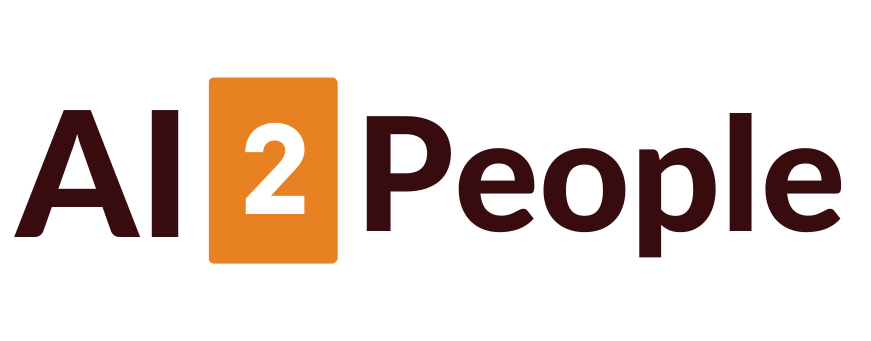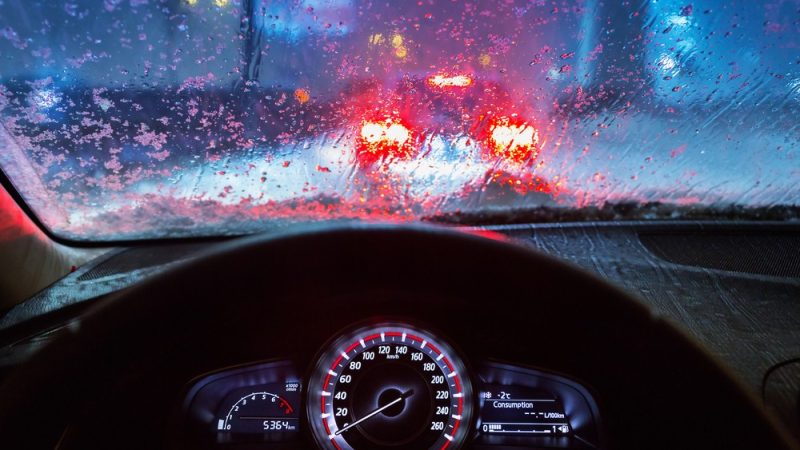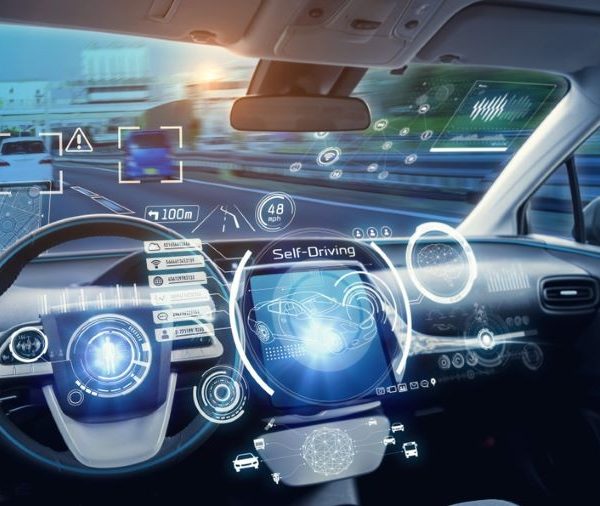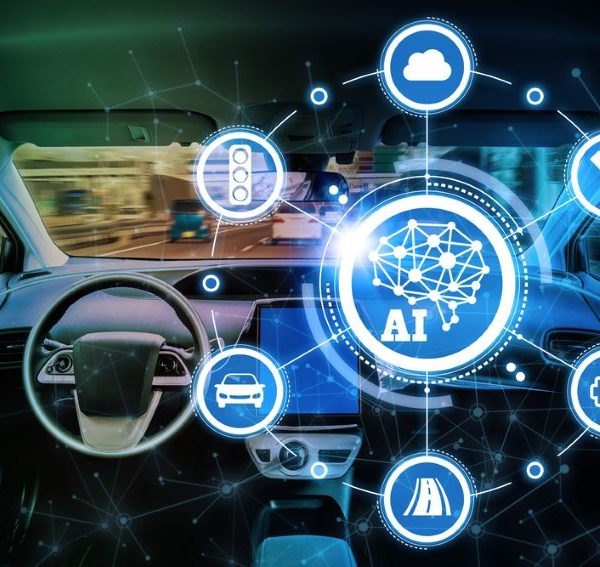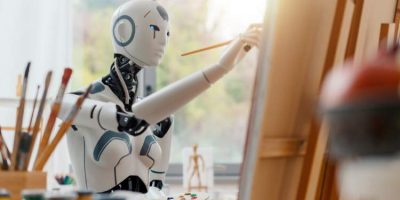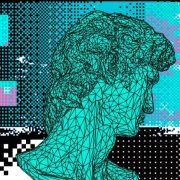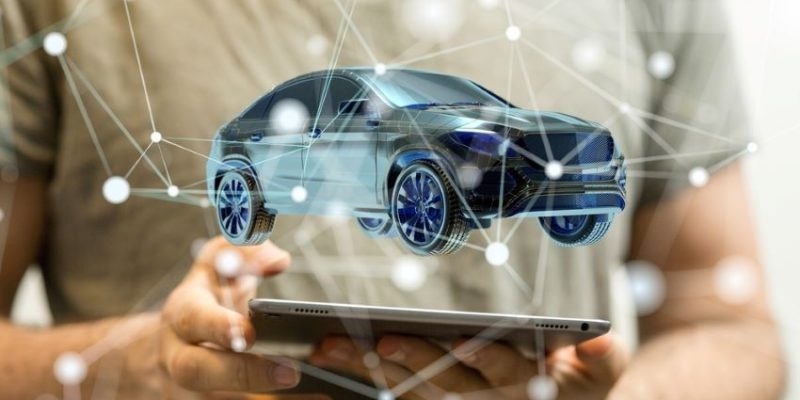
AI in Car Design: Reshaping the Future of Automotive
Artificial Intelligence (AI) has had an influence on the automotive sector, including car design. While this may appear to be contrary to traditional principles, some renowned organizations are recognizing the attractiveness of AI in this area.
Creativity is key in car design, as the industry has come a long way from a century ago. Designers take influence from a variety of sources, including fashion, architecture, nature, sport, vehicles, and even weapons. Nonetheless, the challenge of creating something completely new still remains. This task has traditionally been done with manual methods, such as sketching, clay modelling, and digital rendering. However, artificial intelligence is starting to impact car design.
Despite some reservations, Fan Zhang, GAC’s design director, is still intrigued by the possibilities of AI. “Lately, I’ve been looking into the concept of AI-generated art and design. This is a contentious topic, since a lot of designers are opposed to the idea of design being taken over by a computer,” Zhang explains.
Gilles Vidal, the design director at Renault, states that AI is “like an additional aid which can assist in uncovering and discovering fresh concepts and potentialities.”
The idea of AI has been given considerable attention in the auto industry, likely due to the surge of interest in self-driving vehicles. However, AI is synonymous with machine learning and computer algorithms, both of which have been around for a while. It is mainly utilized to automate processes that are often laborious, and do so with higher precision, speed, and in greater volume. AI can be trained for a variety of purposes, including recognizing images and creating new designs. Zhang likens the introduction of AI in design to the development of Photoshop in the 90s.
What Does the Expert Say?
Zhang recounts his experience with photoshop in college. He states, “It took me the whole afternoon to do a single gradation from light to dark colour using water paint. However, this same gradation could be achieved in photoshop with just one click, taking less than a second.” He then poses the question, “Given how photoshop was the ‘magic tool’ for my generation of designers, why can’t AI be the ‘magic tool’ for this one?”
The outcomes of certain experiments can be so captivating that it is hard to believe they were crafted by humans. This is an unexplored area when it comes to design.
Zhang has formed a team to investigate the possible application of AI in car design, either singularly or as a collective. He has also established a partnership with various universities to continue researching into AI. In addition, GAC and Microsoft China are collaborating to learn more about this technology. Zhang is looking to gain a better understanding of this potentially divisive subject in the automotive industry.
A report from design consultancy Konzepthaus recently revealed that a large number of stakeholders in automotive design are showing strong support for the use of AI. The survey revealed that 77% of the respondents believed AI will have an impact on the design process, primarily in terms of optimizing it, but also in terms of design elements and to a lesser degree decision making. Oliver Vogt, a partner at Konzepthaus Innovation Consultancy, commented on the survey results, saying “It’s exciting to see that many… assume it will influence the future of design.”
Creative designers are continually pushing the limits of automotive design. Can Artificial Intelligence take this to the next level?
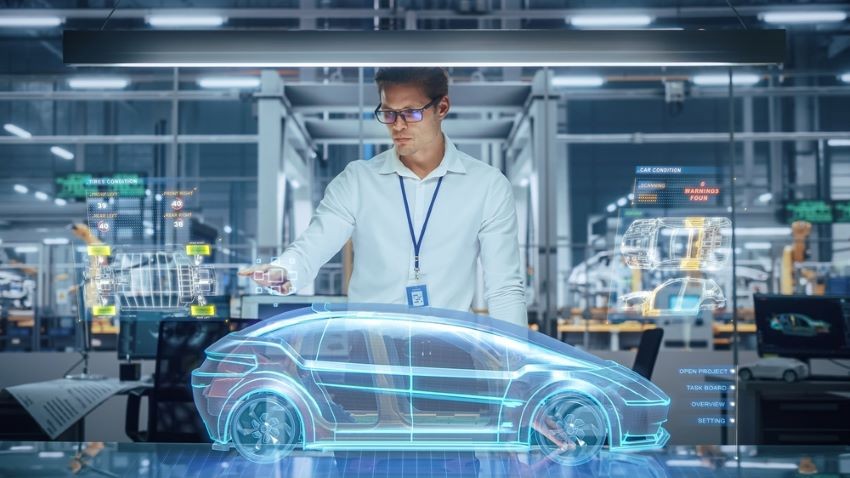
At present, the concept of creating a car entirely through AI is still quite a ways away. Zhang proposes that it could be beneficial in certain sections of the car, including the wheel design, external graphics, or light signatures. It is essential to remember that the AI is being supplied with human thoughts – data and variables chosen by people, along with physical sketches and illustrations that it can use to construct its design. Additionally, AI can be prompted with certain words and phrases to help it stay on the right path.
Zhang explains that they have generated thousands of sketches to educate the AI and increase its efficiency and creativity. The AI is able to rapidly produce thousands of ideas in response to the inputted elements. It can generate results that are so unique that no human could have designed them. These results are a new frontier in the design world.
AI could serve as an additional resource
Vidal has an analogous point of view and supposes that AI could be more advantageous when charged with anticipating potential solutions and not just discovering abstract and whimsical designs. “What would be engaging is to locate alternative outlines that are suitable for a customer’s utilization. We must feed the algorithm with what we need individuals to do with those vehicles later on and what may be more suitable,” he elucidates. “On the off chance that you blend the aesthetic inputs and extents, maybe you can’t go past that to a specific degree since it will look ridiculous in the long run.”
Vidal believes that being able to work quickly is a key factor for countering the increasing cost of car construction. He suggests that artificial intelligence could be used to assist in meeting that objective. Furthermore, he expresses the notion that AI could give designers a break from the pressure of constantly having to come up with fresh ideas, although most would undoubtedly enjoy the challenge.
Vidal of Renault believes AI could become an additional skill to complement the other tools in one’s arsenal. Mike Jelinek, an artist and researcher with automotive experience, recently expressed concern that some designers may become so adept with a tool that they become trapped. He goes on to suggest that in order to avoid designs that appear too sterile, it is important to utilize divergent thinking to find new ideas for as long as possible. AI may be able to help with this.
In certain fields, it may be about pushing the boundaries of what is achievable; Czinger, a hypercar maker, allegedly used AI systems to maximise each component for both weight and strength. Czinger spoke about utilising “high-performance computing to construct perfectly optimised structures without the need for the human engineer to be restricted by how the component is manufactured and put together.”
Can AI Replace Car Designers?
The fear is that computers could replace the car designer’s job. One might think that you could just go to an automated vending machine and input the necessary variables to make a new model. Vidal says that is not the case though and that the design would not have the same flair without a human. Zhang thinks that while a computer could not take the place of a human being, it could do a lot of the work.
